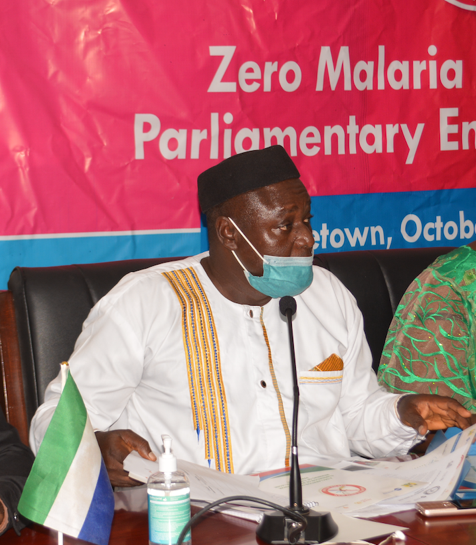Report Shows 17 Million Lives Saved
21 September 2015. GENEVA – A new report shows that the Global Fund partnership has made remarkable gains against HIV, tuberculosis and malaria by supporting programs that have saved more than 17 million lives.
The Global Fund Results Report 2015 delivers a broad overview of impact and results achieved by the partnership. Scientific advances, innovative solutions and increased global support are saving lives at a steadily increasing rate each year – more than two million – putting the partnership on track to save 22 million lives by the end of 2016.
“Advances in global health are transforming communities in ways that go way beyond what the numbers show,” said Mark Dybul, the Executive Director of the Global Fund. “More people on treatment means parents can actually care for their children and be productive members of a community. Fewer infections means health centers can serve people with other ailments.”
The results also show that programs supported by the Global Fund have put 8.1 million people on antiretroviral treatment for HIV, a 22 percent increase since the previous year. For malaria, the partnership distributed 548 million mosquito nets to protect children and families from the disease, an annual increase of 32 percent. The number of tuberculosis cases detected and treated increased by 11 percent to reach 13.2 million.
As a 21st-century partnership, the Global Fund combines the strength of governments, civil society, the private sector and people affected by HIV, TB and malaria. With affected countries in the lead, and with the majority of funding for these programs now coming from domestic sources, the Global Fund can further accelerate progress together with all partners in global health.
Lower rates of disease, and more lives saved, create a multiplier effect that expands opportunity and achieves greater social justice, Dr. Dybul added. Yet he cited steep global challenges that remain in global health, including the disproportionate and devastating effect of HIV on adolescent girls in some countries, and the strong need for building resilient and sustainable systems for health.
“Many more lives are still at risk,” said Dr. Dybul. “We must embrace ambition and move faster to end HIV, TB and malaria as epidemics.”
The report captures cumulative results and impact of the work of the partnership. This year, the Global Fund partnership is using an improved methodology to estimate a number of lives saved, better aligned with methods used by partners, and using data as of end-2014. The methodology employs models that are the most scientifically advanced that are currently available, and rely on widely accepted data sources. The models yield sophisticated estimates, not exact figures.
As world leaders gather in New York this week to adopt the Sustainable Development Goals as the new benchmarks for international development for the next 15 years, the groundbreaking global health gains made in the past 15 years serve as a model for what can be achieved when governments, the private sector, local communities and people affected by diseases come together and aim for common goals.
The full report can be found at www.theglobalfund.org
Stay with Sierra Express Media, for your trusted place in news!
© 2015, https:. All rights reserved.





